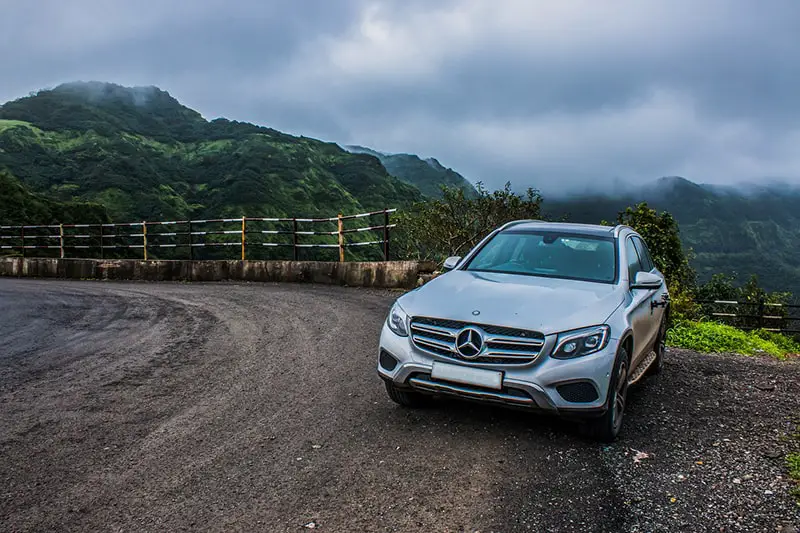Click here to get this post in PDF

Sports Utility Vehicles, more commonly known as SUVs, are the fastest growing car class in the world.
Their sheer domination of the global market in the past number of years is utterly unmissable.
Not only does this style of vehicle cater to a variety of activities, but it also offers immense possibility.
It is fair to say that customer demand has changed in recent times when it comes to requirements in a vehicle. Fuel and cost efficiency must be accurately aligned, while comfort and class also go hand in hand.
Leading international tyre manufacturer, Michelin has set out to examine what has fuelled this significant growth in the popularity of SUVs by deconstructing the market from a more global approach and presenting data in a visual format, comparing the UK, Sweden, and Germany, analysing the top-selling SUVs and their rapid, overall growth. To see this in more detail, check out Michelin’s SUV cars tips and advice.
Closer to home however, there is no denying that the British car market is going through turbulent times. Car sales were down 6.8 per cent in 2018 on the previous year, and the grey cloud that hangs over the future of internal combustion engine vehicles continues to linger.
That said, 35.5 per cent of all new car registrations in the UK were SUVs in 2018, with three models of the class standing in the top 10.
Many of us would automatically assume that nations such as Sweden, continually battling with winter conditions, would invest heavily in the SUV. In fact, only 12 per cent of their vehicles belonged to the class.
From the city-style compacts to the superior Super-SUVs, this corner of the car market is a place which demands your attention!
You may also like: Lookers creates new jobs in Birmingham as part of growing focus on aftersales customers

[…] Also read: The Booming Economy of Sports Utility Vehicles […]